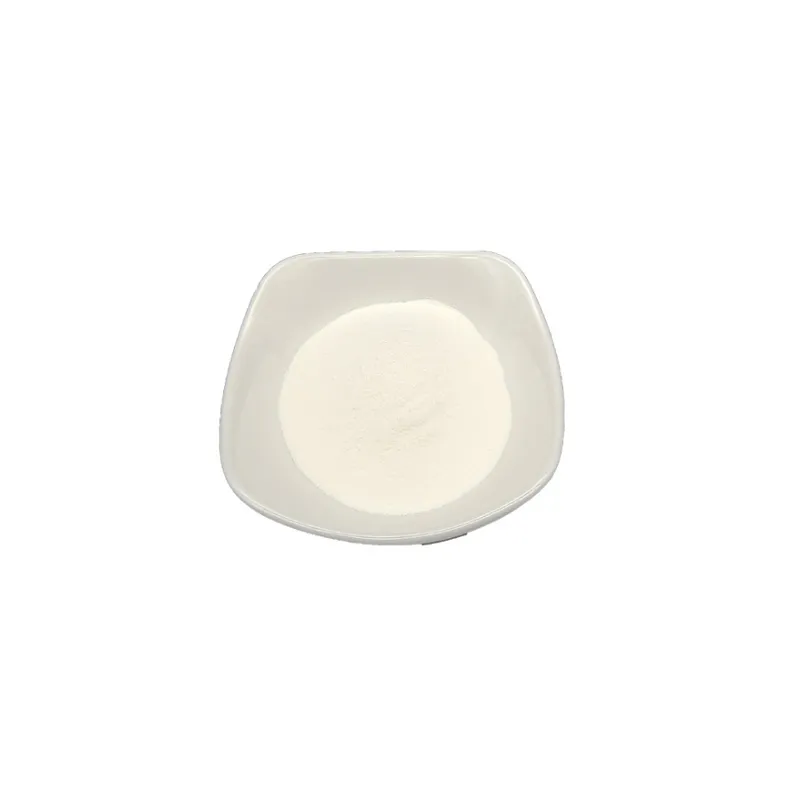Warning: Undefined array key "title" in /home/www/wwwroot/HTML/www.exportstart.com/wp-content/themes/1198/header.php on line 6
Warning: Undefined array key "file" in /home/www/wwwroot/HTML/www.exportstart.com/wp-content/themes/1198/header.php on line 7
Warning: Undefined array key "title" in /home/www/wwwroot/HTML/www.exportstart.com/wp-content/themes/1198/header.php on line 7
Warning: Undefined array key "title" in /home/www/wwwroot/HTML/www.exportstart.com/wp-content/themes/1198/header.php on line 7
- Afrikaans
- Albanian
- Amharic
- Arabic
- Armenian
- Azerbaijani
- Basque
- Belarusian
- Bengali
- Bosnian
- Bulgarian
- Catalan
- Cebuano
- China
- China (Taiwan)
- Corsican
- Croatian
- Czech
- Danish
- Dutch
- English
- Esperanto
- Estonian
- Finnish
- French
- Frisian
- Galician
- Georgian
- German
- Greek
- Gujarati
- Haitian Creole
- hausa
- hawaiian
- Hebrew
- Hindi
- Miao
- Hungarian
- Icelandic
- igbo
- Indonesian
- irish
- Italian
- Japanese
- Javanese
- Kannada
- kazakh
- Khmer
- Rwandese
- Korean
- Kurdish
- Kyrgyz
- Lao
- Latin
- Latvian
- Lithuanian
- Luxembourgish
- Macedonian
- Malgashi
- Malay
- Malayalam
- Maltese
- Maori
- Marathi
- Mongolian
- Myanmar
- Nepali
- Norwegian
- Norwegian
- Occitan
- Pashto
- Persian
- Polish
- Portuguese
- Punjabi
- Romanian
- Russian
- Samoan
- Scottish Gaelic
- Serbian
- Sesotho
- Shona
- Sindhi
- Sinhala
- Slovak
- Slovenian
- Somali
- Spanish
- Sundanese
- Swahili
- Swedish
- Tagalog
- Tajik
- Tamil
- Tatar
- Telugu
- Thai
- Turkish
- Turkmen
- Ukrainian
- Urdu
- Uighur
- Uzbek
- Vietnamese
- Welsh
- Bantu
- Yiddish
- Yoruba
- Zulu
Aug . 30, 2024 09:52 Back to list
Aspartame vs Splenda
Aspartame and Splenda A Comparative Overview of Artificial Sweeteners
In recent years, the use of artificial sweeteners has become increasingly prevalent as people seek alternatives to sugar. Two of the most popular artificial sweeteners on the market are aspartame and Splenda (sucralose). While both serve the purpose of sweetening foods and beverages without the caloric content of sugar, they differ greatly in their chemical composition, safety profiles, and overall suitability for different consumers.
Chemical Composition and Taste
Aspartame, discovered in 1965, is a low-calorie sweetener composed of two amino acids aspartic acid and phenylalanine. About 200 times sweeter than sugar, aspartame is commonly found in diet sodas, sugar-free snacks, and various other low-calorie products. Its flavor profile closely mimics that of sugar, although some users report a slight aftertaste.
On the other hand, Splenda is derived from sucrose through a chemical process that involves substitution of three hydroxyl groups with chlorine atoms. This modification makes Splenda about 600 times sweeter than sugar. Its robust sweet flavor is stable under heat, allowing it to be used in cooking and baking, a significant advantage over other sweeteners.
Safety and Health Concerns
aspartame and splenda

The safety of artificial sweeteners has long been a topic of debate. Aspartame has been scrutinized extensively, especially regarding its potential health hazards. Some studies have raised concerns about its possible association with headaches, allergies, and even serious conditions like cancer. However, extensive research conducted by health authorities, including the FDA and the World Health Organization, has concluded that aspartame is safe for the general population, except for individuals with phenylketonuria (PKU), a rare genetic disorder that impairs the body's ability to metabolize phenylalanine.
Splenda, in contrast, has not generated significant controversy regarding its safety. It was approved by the FDA in 1998 and has been considered safe in moderation. However, some studies suggest that consuming high amounts of artificial sweeteners may disrupt gut health and impact metabolic processes, raising concerns about their long-term use.
Consumer Preferences and Applications
The choice between aspartame and Splenda often comes down to personal preference, dietary restrictions, and health goals. Individuals looking for a sweetener that closely resembles sugar in taste might prefer aspartame. In contrast, those who need a versatile sweetener for cooking and baking may opt for Splenda due to its heat stability.
In conclusion, both aspartame and Splenda offer viable alternatives to sugar with their respective advantages and challenges. While they can aid in reducing caloric intake, consumers should be informed about their health implications and make choices that best fit their dietary needs. As research continues, it’s essential for individuals to stay informed and consult healthcare professionals when considering the incorporation of artificial sweeteners into their diets.
Latest news
-
Certifications for Vegetarian and Xanthan Gum Vegetarian
NewsJun.17,2025
-
Sustainability Trends Reshaping the SLES N70 Market
NewsJun.17,2025
-
Propylene Glycol Use in Vaccines: Balancing Function and Perception
NewsJun.17,2025
-
Petroleum Jelly in Skincare: Balancing Benefits and Backlash
NewsJun.17,2025
-
Energy Price Volatility and Ripple Effect on Caprolactam Markets
NewsJun.17,2025
-
Spectroscopic Techniques for Adipic Acid Molecular Weight
NewsJun.17,2025

